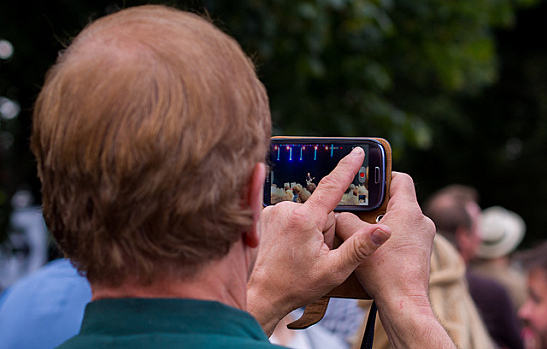With smartphones now sporting increasingly high-megapixel cameras and with in-device camera settings getting more robust, there may be a perception that the line between a dedicated camera and a camera phone has already been significantly blurred. However, until now, even the best smartphone cameras still haven’t quite measured up to reasonably priced dedicated cameras — but Samsung is looking to close that gap a bit with its new ISOCELL technology.
What’s New with ISOCELL
The real estate on the circuit board inside of each smartphone or tablet is a valued commodity, even as certain models continue to get bigger and bigger, so chip and component manufacturers have to compress into a small space as much technology as possible. While this challenge has led to some amazing advances in miniaturization, it also means that mobile camera sensors have to be far smaller than their normal camera counterparts.
This creates a situation called crosstalk, where pixels in the camera sensor correctly absorb light, but their proximity to each other results in some of that light bleeding into neighboring pixels. The resultant picture can then have areas that should be a deep color but that instead display as white. The concept at work is called dynamic range, and in the camera world having a good dynamic range is extremely important.
As detailed by Mobile Burn, Samsung’s new ISOCELL camera sensor technology puts up a barrier between the individual pixels, resulting in a crosstalk reduction of approximately 30 percent. This may seem like an obvious solution, but considering the microscopic size of each individual pixel, it’s no small feat. The end result is a sensor that absorbs enough light to create a lively, vivid image, with fewer pixel-level mistakes washing out what should be vibrant colors.
What This Means for Camera Phone Users
As noted in this Engadget article, the sensor that’s currently being tested is for 8-megapixel camera units, which could mean a reduction in camera resolution for Samsung’s top-end units. However, the megapixel race in smartphone cameras mirrors the same race in digital cameras during the past two decades, with the end result proving that having extra megapixels doesn’t always translate into better images.
ISOCELL technology could also have an impact on smartphone cameras outside of Samsung’s lineup, as the company is a major supplier of smartphone components for a number of phone manufacturers. The company expects to start manufacturing cameras using this new technology by the end of 2013, and they could show up on the market even before the next round of Galaxy devices are ready for sale.
While it’s far too soon to say what developments ISOCELL technology will bring to the smartphone world, users obsessed with taking amazing pictures on their mobile devices will want to stay alert for the arrival of the first few camera phones enabled with this technology, just to see if it lives up to Samsung’s hopes.
Image courtesy of Flickr
[cf]skyword_tracking_tag[/cf]

